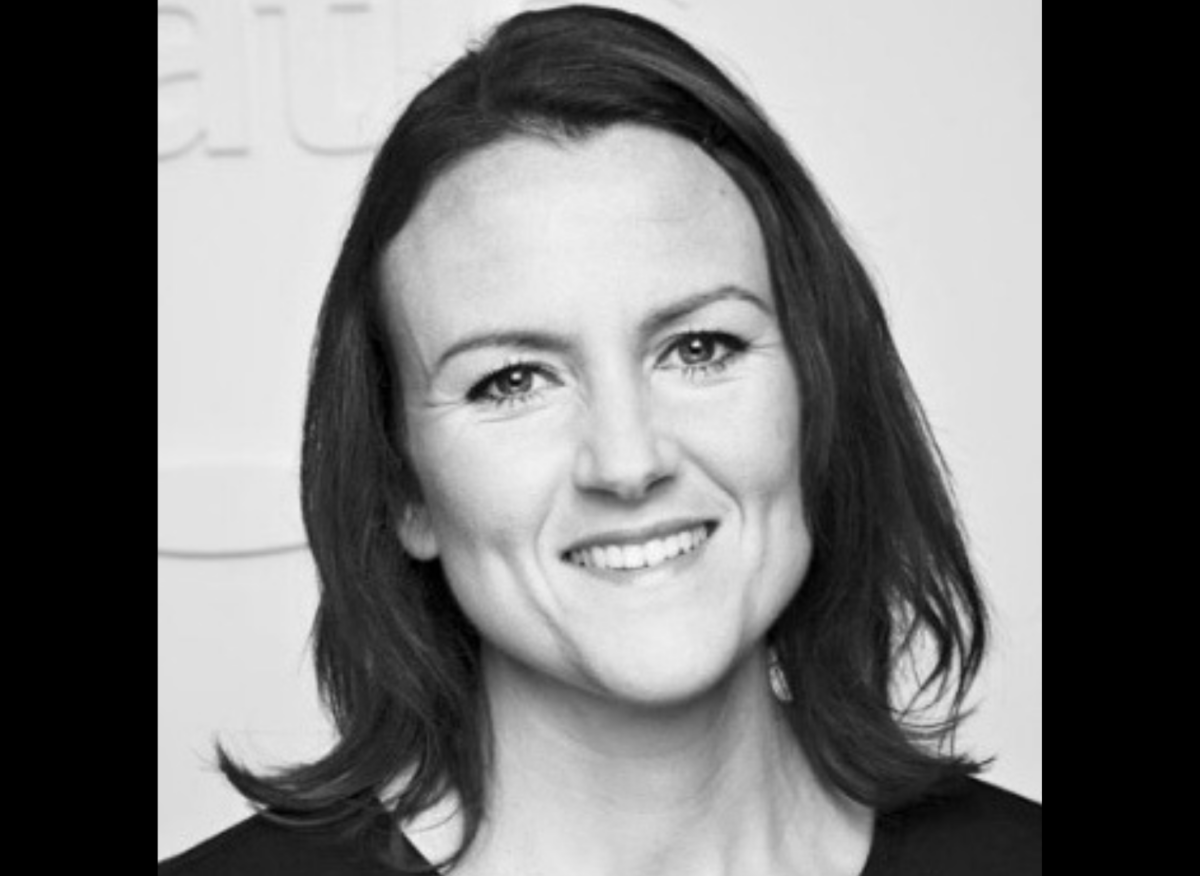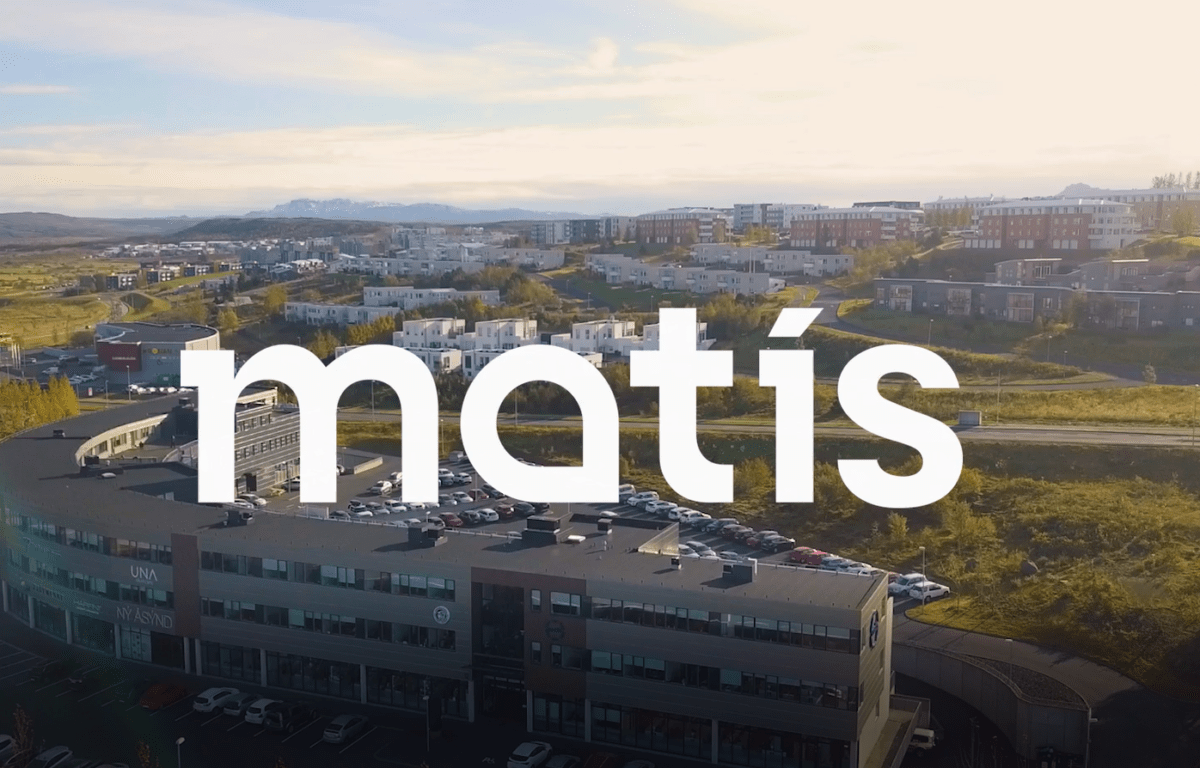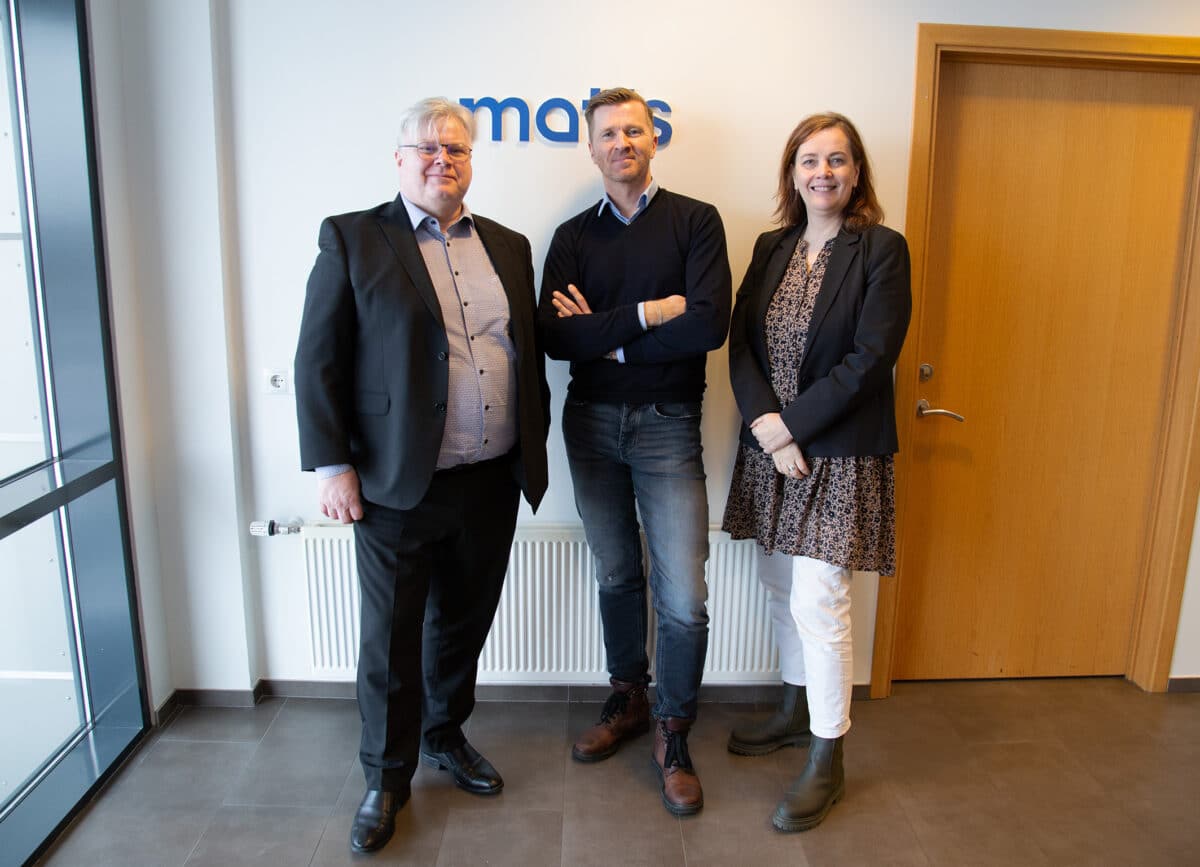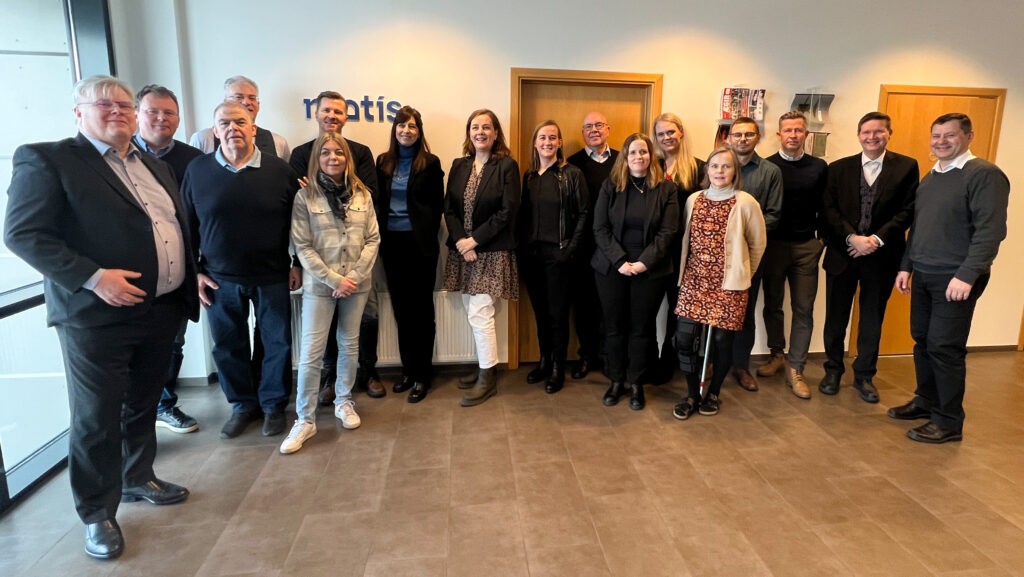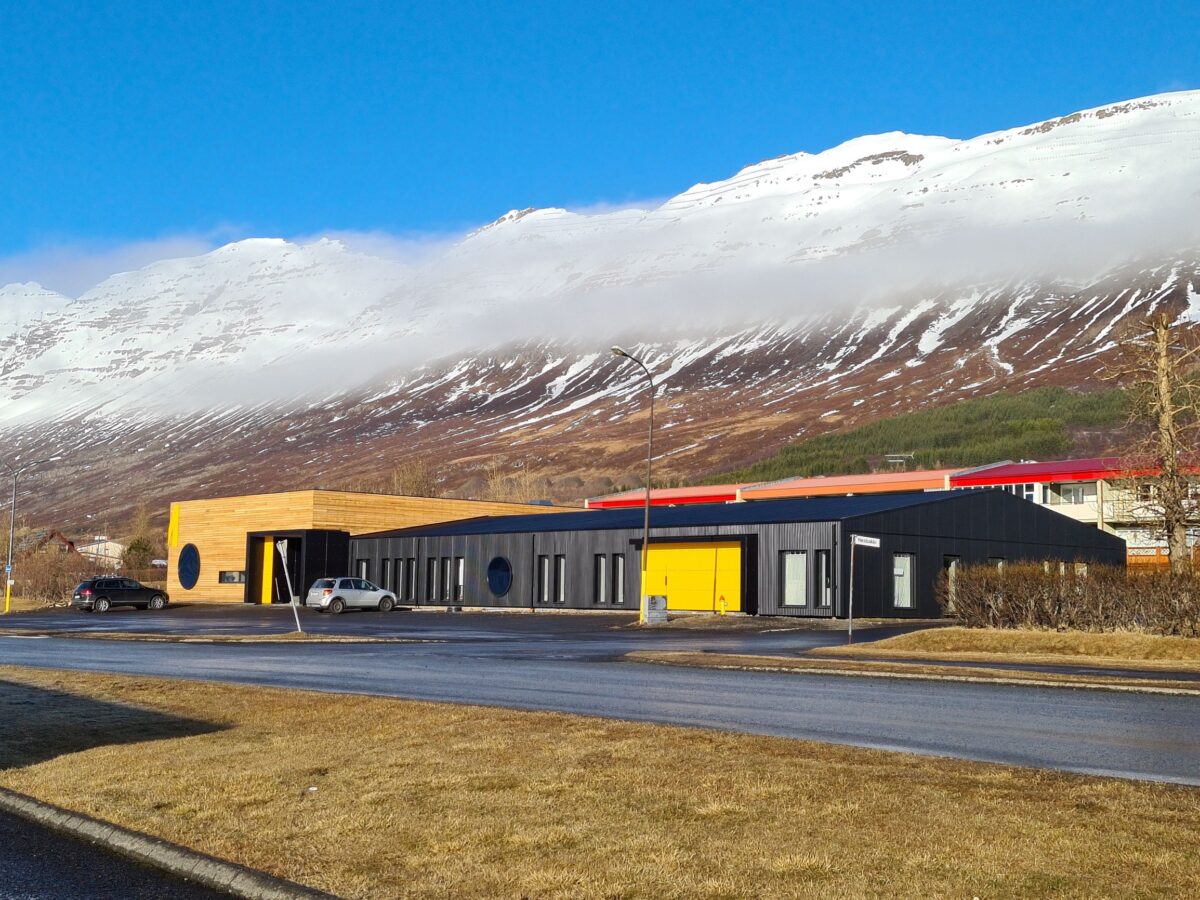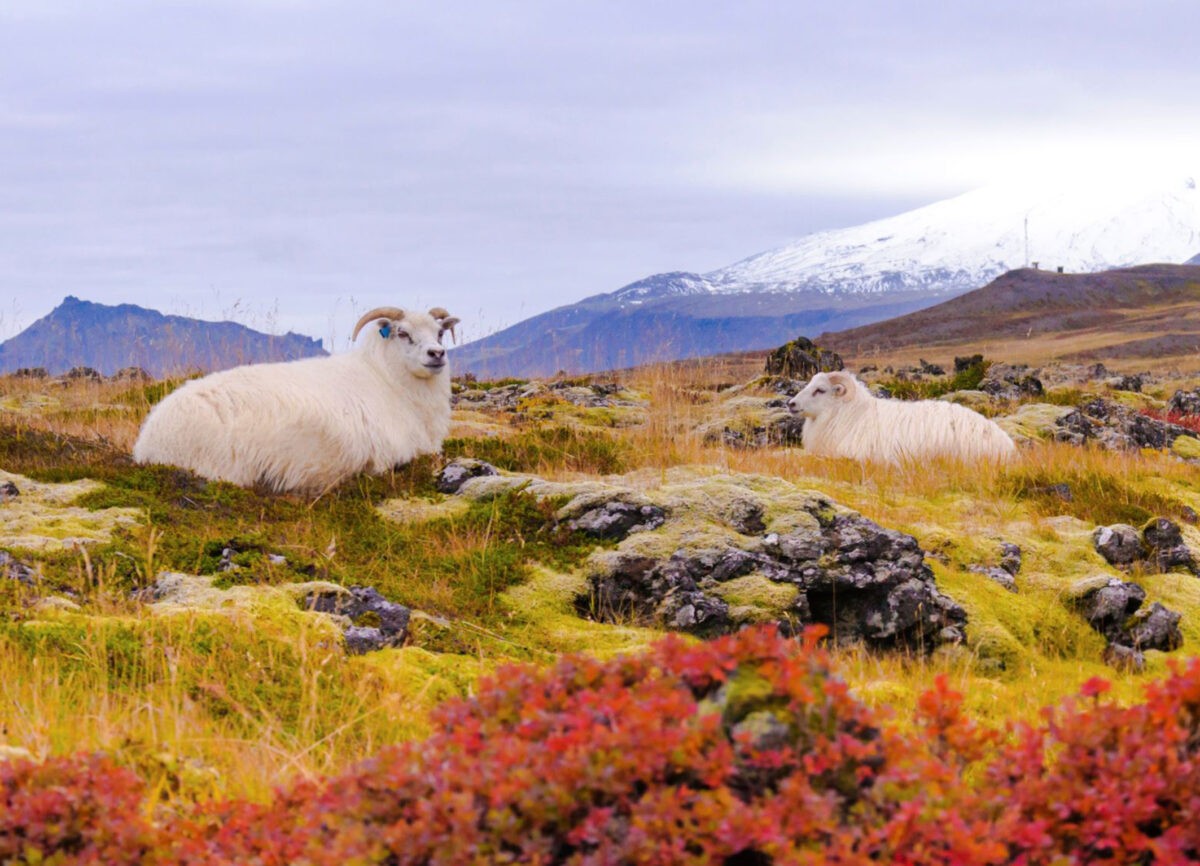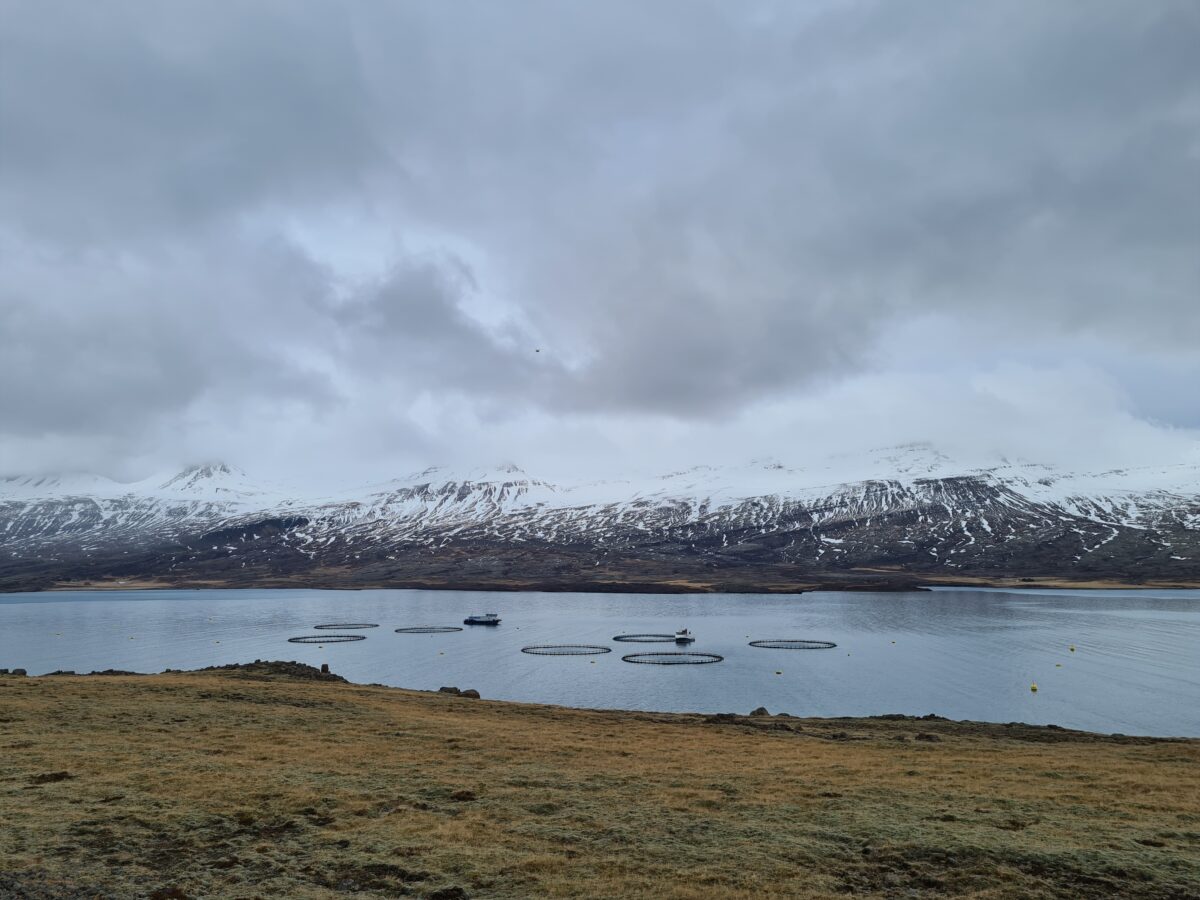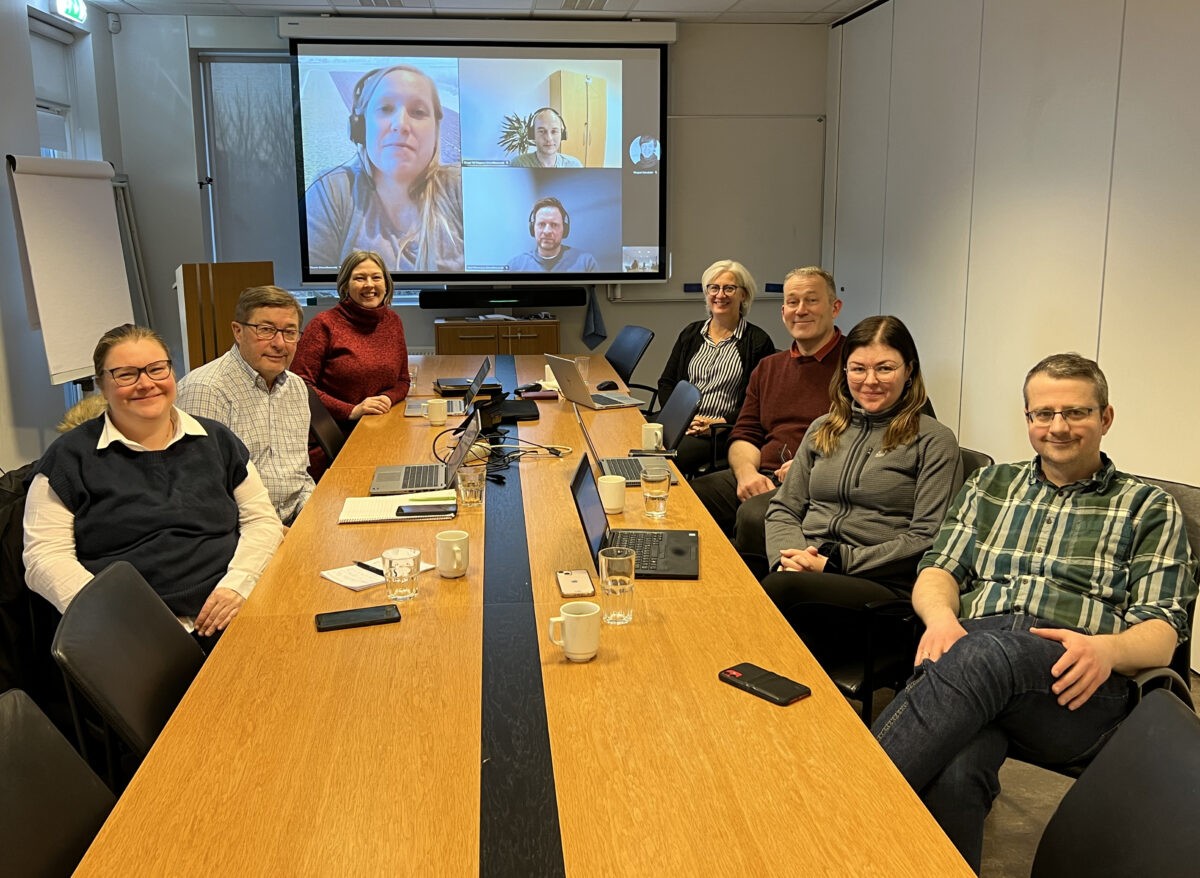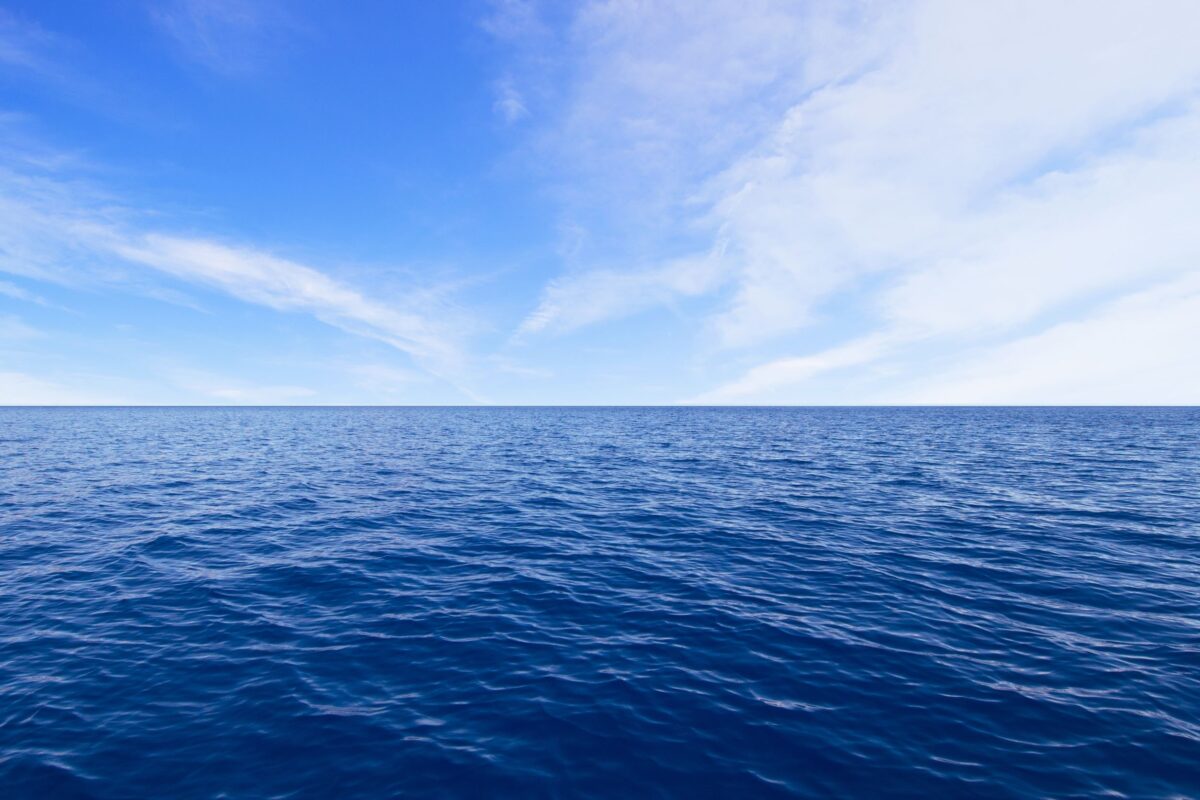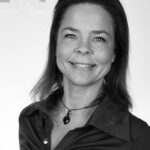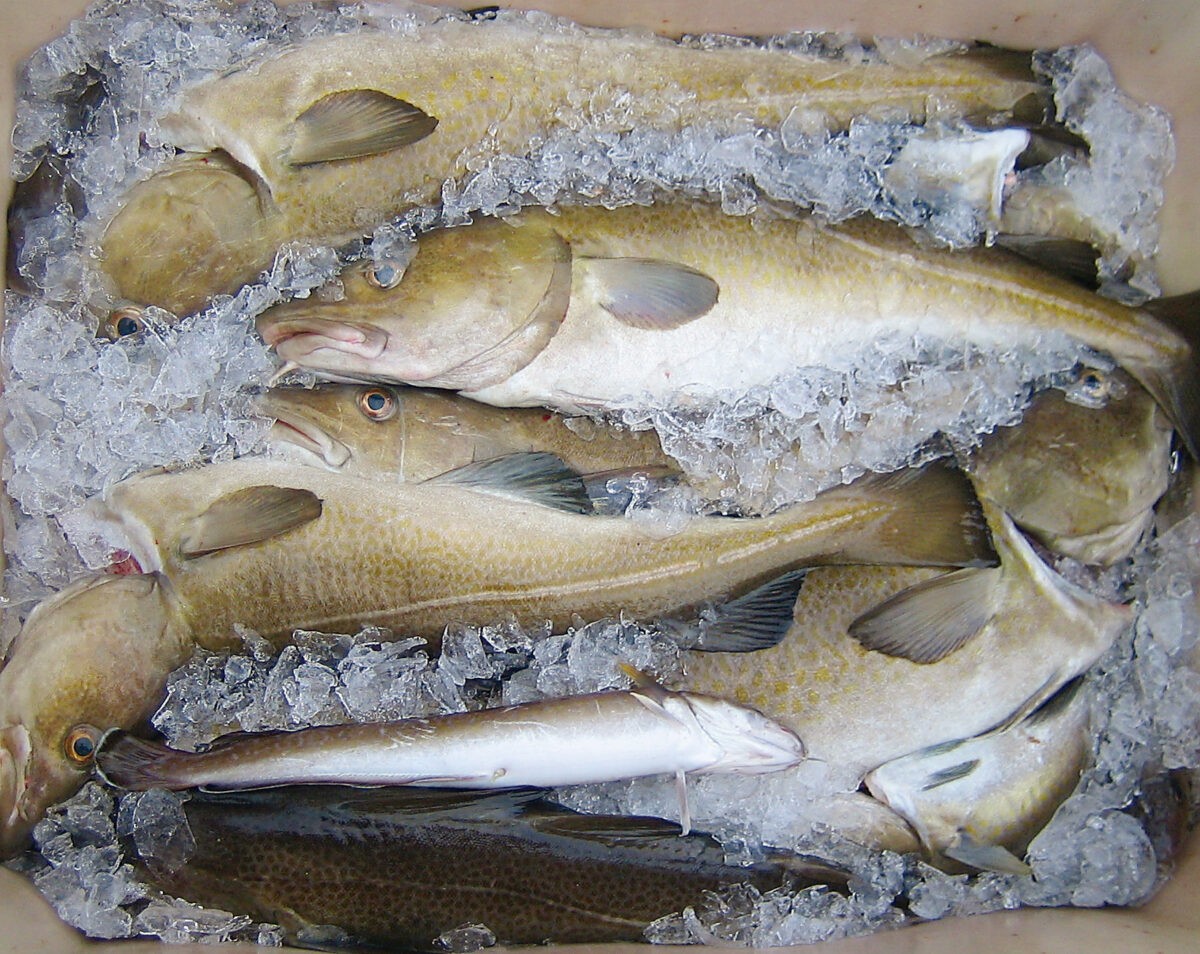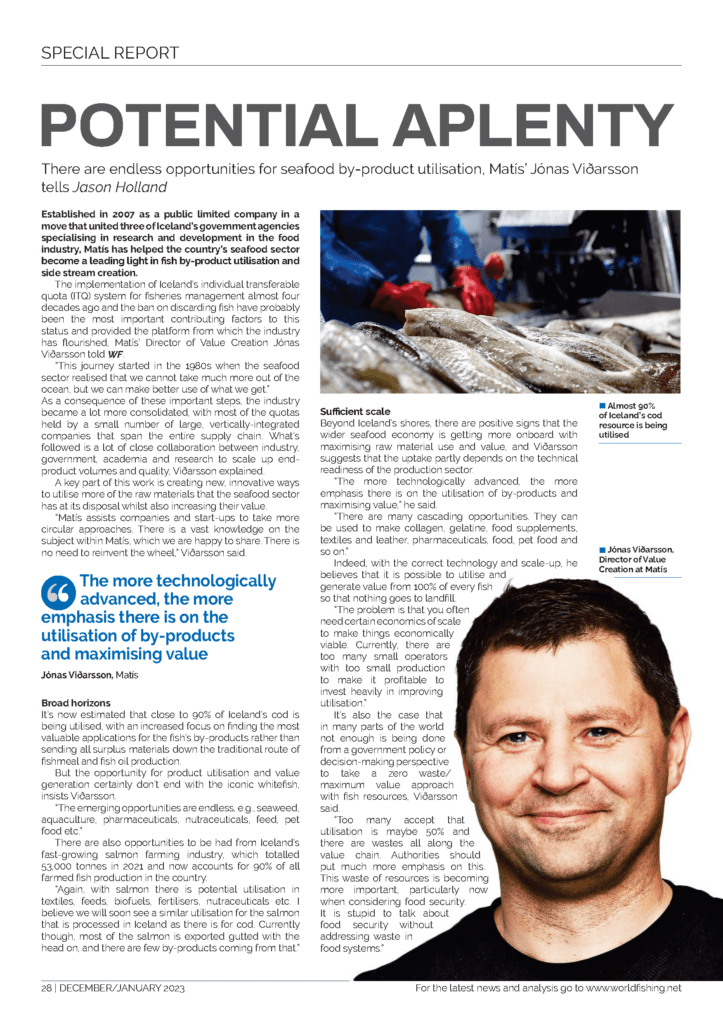Contact
Sophie Jensen
Project Manager
sophie.jensen@matis.is
This report summarizes the results of the monitoring of unwanted substances in the edible part of seafood in 2022. The monitoring began in 2003 with the support of the then Ministry of Maritime Affairs, now the Food Ministry, and Matís ohf. on collecting data and issuing reports for this systematic monitoring in the period 2003-2012. Due to the lack of funding for this monitoring project, this important data collection as well as the publication of the results was paused in the period 2013-2016. The project started again in March 2017, but due to a lack of funds, it now only covers the monitoring of undesirable substances in the edible part of seafood from the resource intended for human consumption, but not fishmeal and fish oil for feed. For the same reason, chemical analyzes of PAH, PBDE and PFC substances are no longer carried out.
The aim of the project is to demonstrate the status of Icelandic seafood in terms of safety and wholesomeness, and to use the data in the preparation of food risk assessments to ensure the interests of consumers and public health. The project builds a knowledge base on the amount of unwanted substances in economically important species and marine products, it is defined as a long-term project where expansion and revision are constantly necessary.
In general, the results obtained in 2022 were in accordance with previous results from 2003 to 2012 as well as 2017 to 2021. The results showed that Icelandic seafood contains insignificant amounts of persistent organic substances such as dioxins, PCBs and pesticides.
in this report, the European Union (EU) maximum levels for dioxins, dioxin-like PCBs (DL-PCBs) and non-dioxin-like PCBs (NDL-PCBs) in food according to Regulation no. 1259/2011 used to assess how Icelandic marine products meet EU requirements. The results of the year 2022 show that all samples of marine products for human consumption were below the EU maximum values for persistent organic substances and heavy metals. The concentration of the so-called ICES6-PCB substances was found to be low in the edible part of seafood, compared to the EU maximum value according to regulation no. 1259/2011. Likewise, the results showed that the concentration of heavy metals, eg cadmium (Cd), lead (Pb) and mercury (Hg) in Icelandic seafood was always below the EU maximum values.

